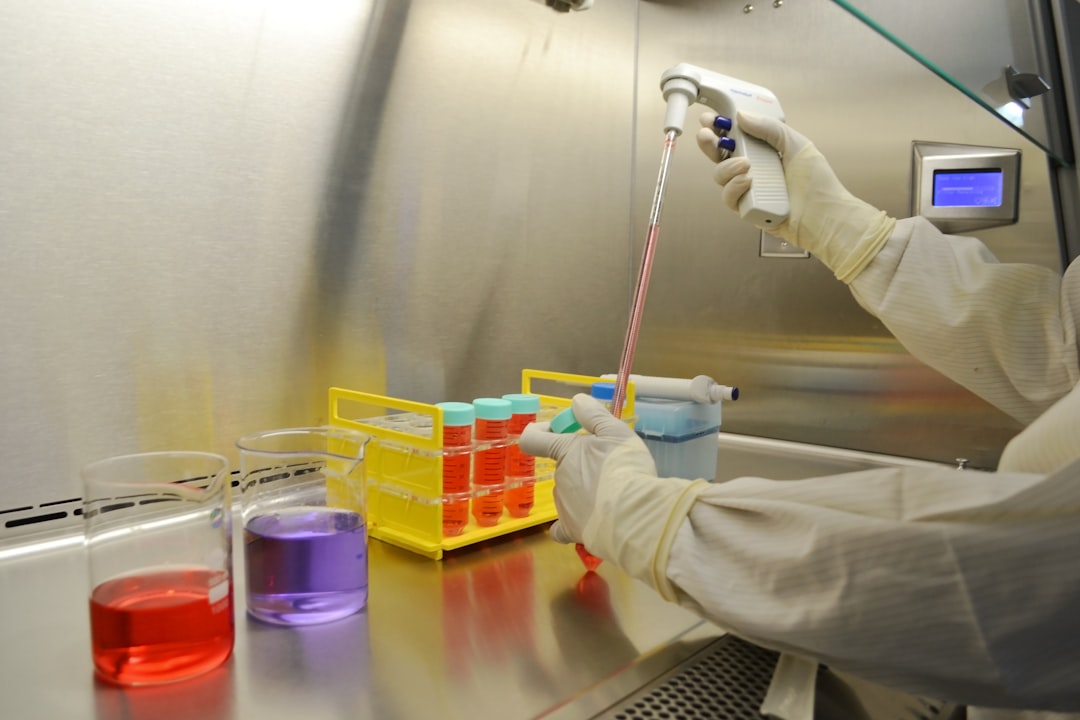What is it about?
Cellular stress is one of the main physiological activators of the unfolded protein response (UPR) in eukaryotic cells. These cells are under constant environmental and metabolic challenges, which may activate evolutionarily conserved mechanisms, such as the UPR, to reconstitute intracellular homeostasis. When intracellular equilibrium cannot be achieved, either due to specific mutations in key regulatory proteins or the presence of chronic inflammation, the cells may reprogram both gene and protein expression in order to preserve the most essential cellular functions. These intracellular changes fine-tune the UPR and can be regulated at both the transcriptional and translational levels. We discuss how microRNAs have been shown to regulate several components of the UPR in different disease states, such as Alzheimer’s disease, systemic lupus erythematosus, and cystic fibrosis.
Featured Image
Why is it important?
There are three main sensors of the UPR, namely IRE1, PERK, and ATF6, which all transmit intracellular signals that enable the cell to survive by adapting to cellular stress or die by committing suicide through activation of an intracellular death program called apoptosis. These three sensors can be regulated by microRNAs, which may promote an active inflammatory state and/or redox metabolism, involved in the removal of oxidative radicals such as superoxide anions, hydrogen peroxide and other toxins produced during metabolism, with eventual apoptosis. Finally, dysfunctional cellular metabolism has been shown to activate the UPR in a range of metabolic, inflammatory, and immune disorders.
Perspectives
This review will place into context the interrelationships of the UPR with cellular stress and miRs, exploring possible therapeutic options to reconstitute cellular homeostasis.
Professor Michael McDermott
University of Leeds
Read the Original
This page is a summary of: Regulation of the Unfolded Protein Response in Disease: Cellular Stress and microRNAs, Current Immunology Reviews, June 2018, Bentham Science Publishers,
DOI: 10.2174/1573395514666180309161144.
You can read the full text:
Contributors
The following have contributed to this page










